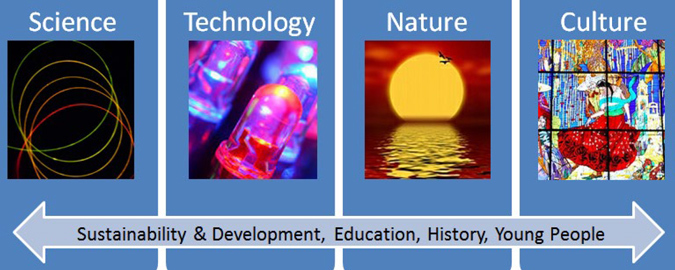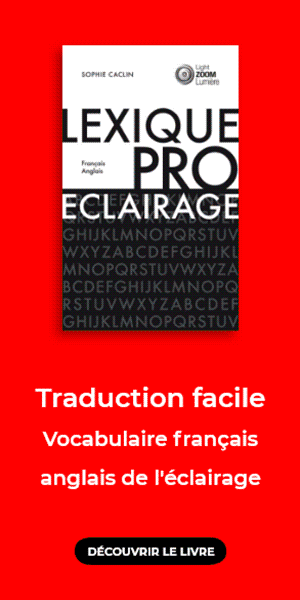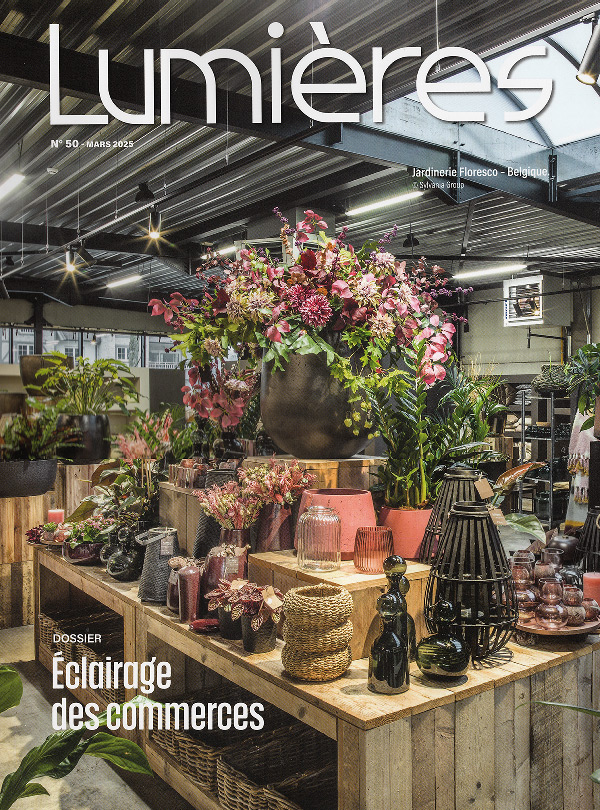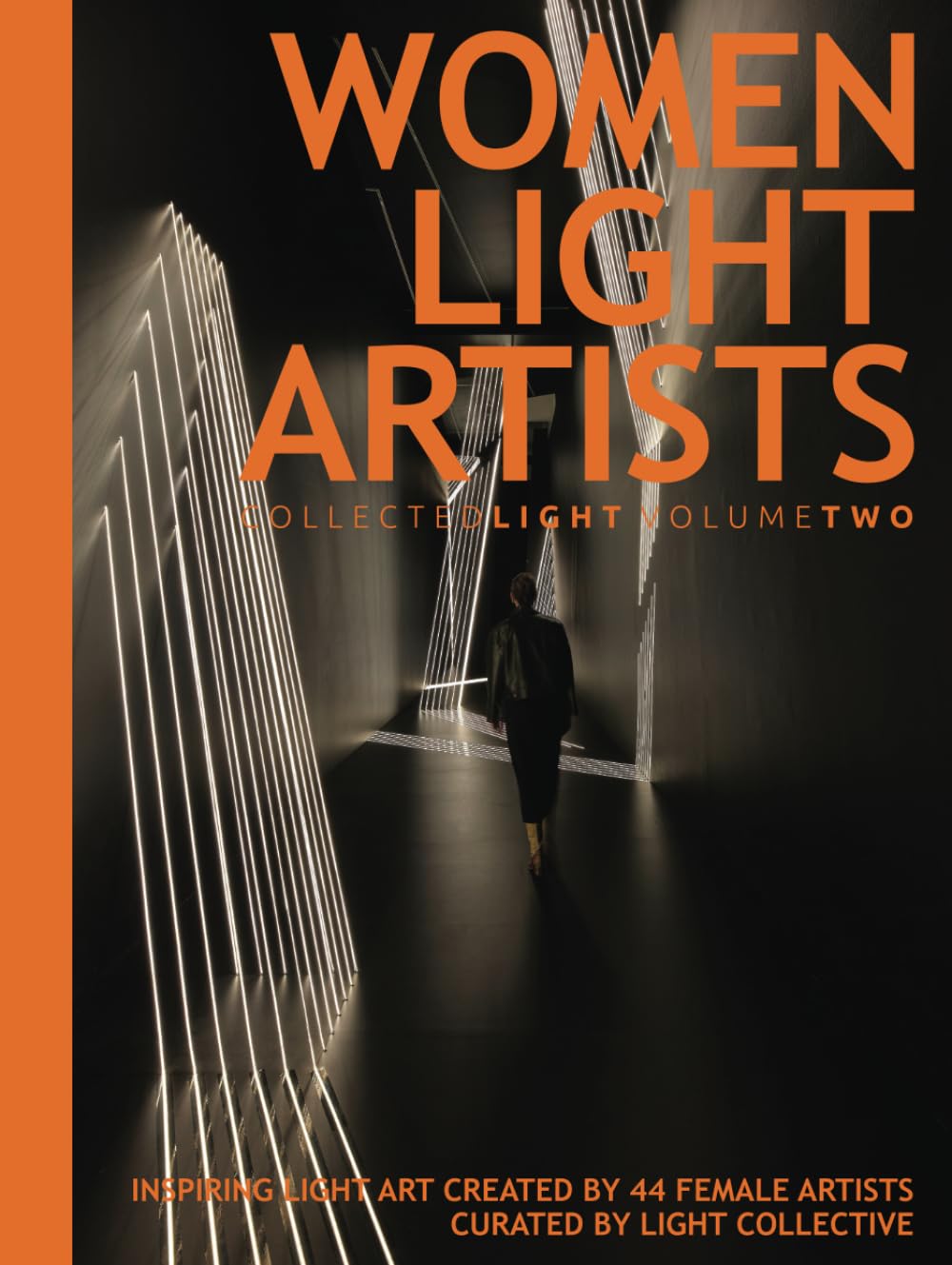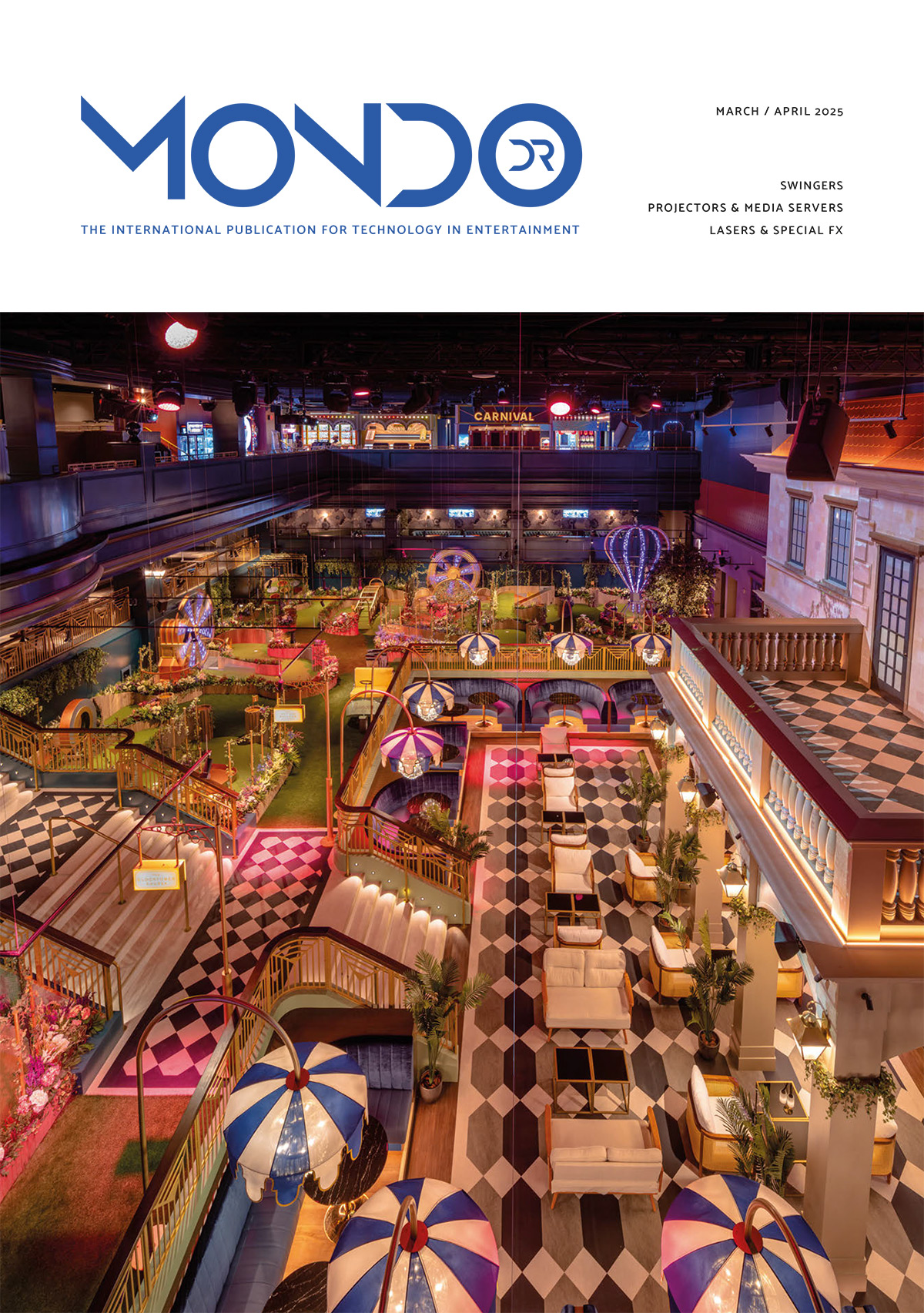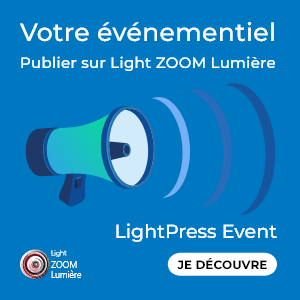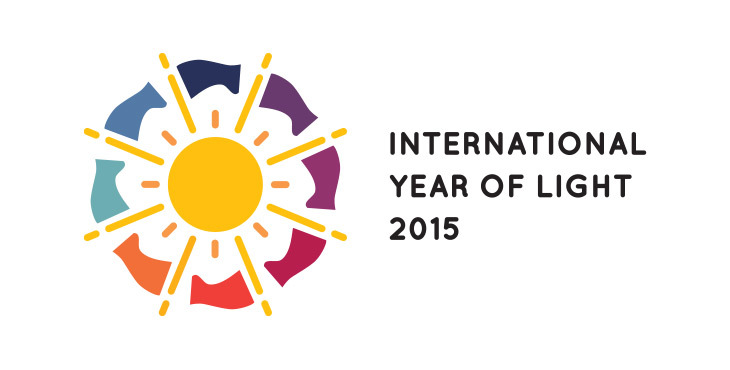
UNESCO declares 2015 : International Year of Light
It was Mexico, along with Ghana, New Zealand and the Russian Federation that submitted this proposal to the UNESCO Executive board in Paris in 2012, which led to its adoption with over 30 more countries as cosignatories. A resolution endorsing an International Year of Light in 2015 was adopted by the UNESCO General Conference on the 19th November, 2013.
Year of Light Themes
- Science of Light
- Light Technology
- Light in Nature
- Light and Culture
Cross-Cutting Themes
- Development and sustainability
- Promoting education for young people
- History of the science of light
The year 2015 is a natural candidate for the International Year of Light, commemorating a number of important milestones in the history of the science of light dating back 50, 100, 150, 200 years and even further :
- In 1815, Fresnel published his first work introducing the theory of light as a wave.
- In 1865, Maxwell rigorously described the dynamic electro-magnetic theory of light.
- In 1915, the theory of General Relativity developed by Einstein showed how light was at the centre of the very structure of space and time.
- In 1965, Penzias and Wilson discovered the Cosmic Microwave Background, an electromagnetic echo of the very creation of the universe.
Media Partner
- Light ZOOM Lumière
Source : International Year of Light 2015


